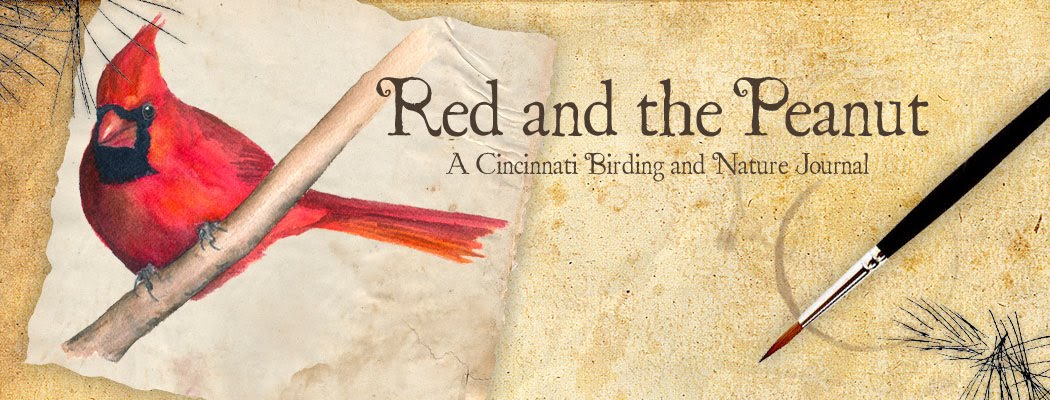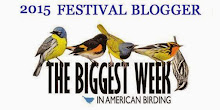A few weeks ago I spent a little time hiking through the meadow by the Mound Trail at Fort Ancient. The grasses were brown and dry, and what was left of summer's bounty crackled and rattled with each breeze that worked itself through the tumble of spent flower heads and stalks. Autumn had drained the green from the landscape, and even the yellows had faded from the fields, but oranges and reds were still around to be found on the dry and cracked Common Milkweed plants...

An adult Large Milkweed Bug (Oncopeltus fasciatus) is surrounded by all five of its instars. The adult is at the top. It is the largest and has usable wings. Instars are nymphs, or immature versions of the bug. Instars differ in size, color and pattern. They also lack usable wings.
Large Milkweed bugs molt five times (nymphal instars) before they become adults. During these stages the nymphs look similar to the adults; however, if you look closely you can see each instar has its own color (from deep red to orange) and pattern. During the middle instars black wing pads start to form, but the wings are not usable until the fifth instar molts into an adult.

...the adult Large Milkweed bug has a striking pattern of orange and black on its wings. Here you can see the veins that carry the hemolymph through the wings. On the final molt, the adult Milkweed bug pumps hemolymph through these veins to unfurl the wings. To see an adult who failed to open his wings, click here.

...a fifth instar almost looks like an adult, but lacks the defined face pattern, usable wings, and the eyes are much less "buggy!" Look to the right for a glimpse at an adult's eye.

One adult and several fifth instars mass together to form a color warning on an old Common Milkweed pod.
Since Large Milkweed bugs eat Common Milkweed sap, which contains toxic alkaloids, they do not taste good. A young bird only has to taste this bug once or twice to learn to avoid orange and black bugs! Large groupings of this color combination warn birds away. You may already know of another orange and black insect that has the same type of protection--the Monarch butterfly. Just like the Large Milkweed bug, Monarch butterfly caterpillars feed on Common Milkweed plants and concentrate the alkaloids in their tissue. When the caterpillars metamorphose into Monarch butterflies, they are toxic and also taste bad.
Another tidbit...I read on this site (click here) of an easy way to distinguish between a male and female milkweed bug--the female Milkweed bug has one black strip and two back dots on her abdomen, while a male has two thick black strips. I didn't know that before and never flipped one over to look. Next time I see one I'll take a peak.
This guy is not going to be hanging around much longer. These bugs migrate! Just like the Monarchs, they head south for the winter. Shorter days in autumn trigger diapause in the adults, which shuts down the reproductive system (source: "Migration: the biology of life on the move," by Hugh Dingle, page 139, click here to read more.). Shutting down the reproductive system saves energy and allows the Large Milkweed bugs and Monarch butterflies to migrate south for the winter. The same adult Milkweed bugs that overwintered in the south then migrate back north in the spring to lay the eggs of the next generation.




















